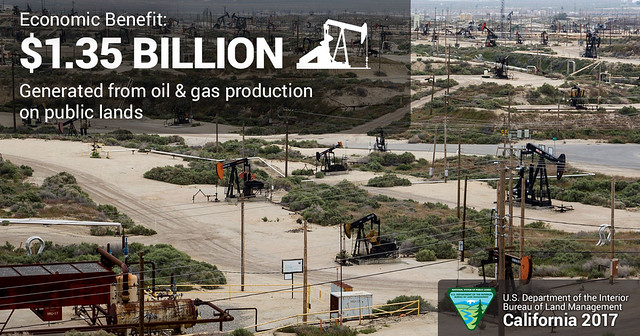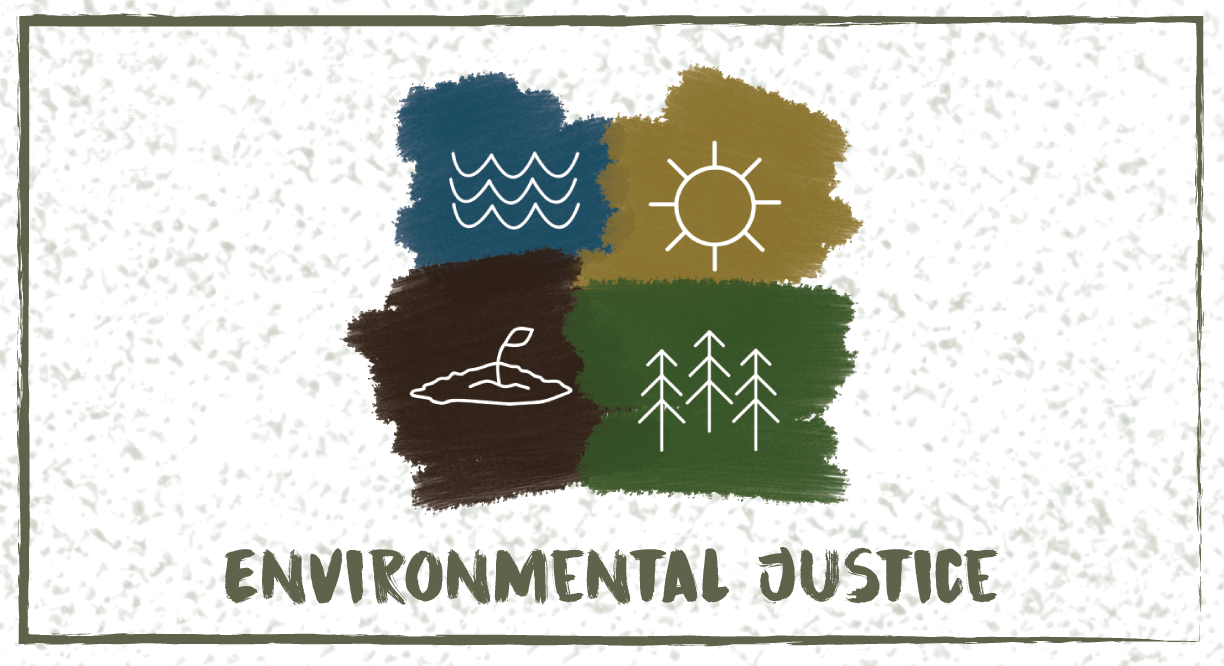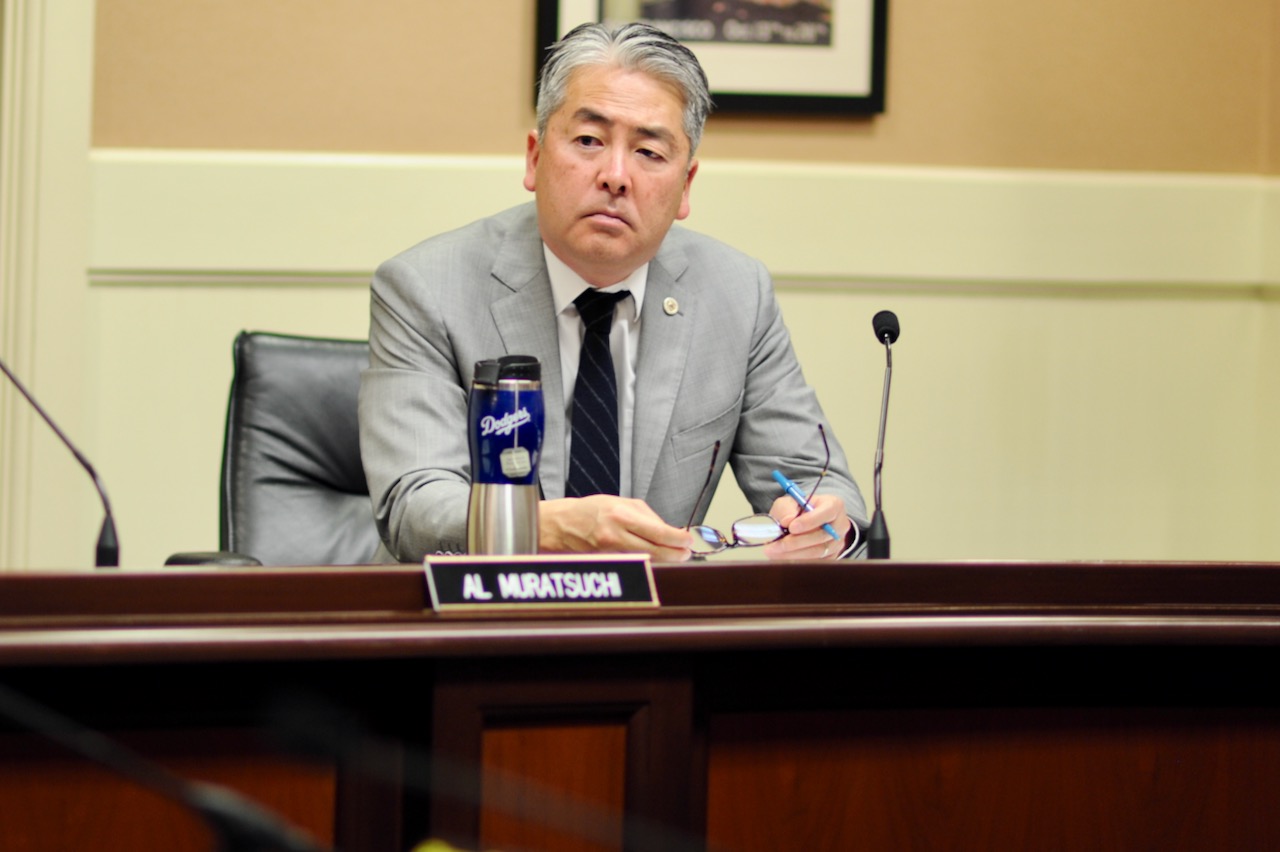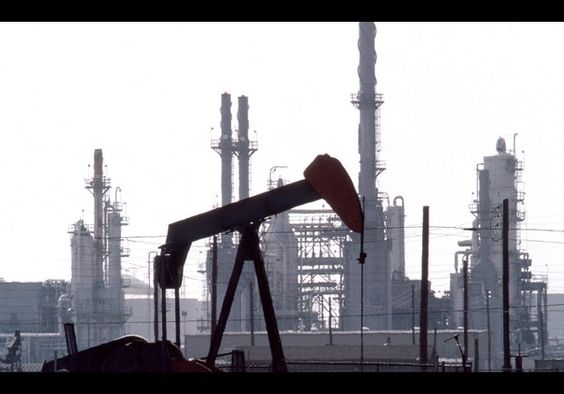
Legislation Would End Oil and Gas Production In Most of California
The ‘Keep it In the Ground’ movement claims oil production adversely impacts public health and safety
By Katy Grimes, April 22, 2019 9:49 am
The “Keep it In the Ground,” anti-oil and gas industry movement is going after the industry with more legislation disguised to address health and local control issues, despite that California already has the most environmentally regulated oil and gas production in the world, regulated by more than 25 agencies.
“Keep It in the Ground” is a global protest movement opposing fossil fuel development.
California was the fourth-largest producer of crude oil among the 50 states in 2017, after Texas, North Dakota, and Alaska, and, as of January 2018, third in oil refining capacity after Texas and Louisiana.
AB 345 by Assemblyman Al Muratsuchi (D-Torrance), would increase setback distance between oil production facilities and private and public property to 2,500 feet for every well, existing or planned in the state.
According to the Western States Petroleum Association and the California Independent Petroleum Association, this bill, if passed, would effectively end oil production in many parts of the state and threaten the future of production IN ALL PARTS OF THE STATE, for example:
- 87% of all wells in the City of Los Angeles would be shut in
- 66% of the well in Los Angeles County would be shut in
- Thousands of wells in Kern County will be shut in
AB 345 creates a 2,500 foot setback requirement between any oil or gas well or facility and any residence, school, playground, hospital, or health clinic, and, further, gives counties and cities the power to require even greater setbacks.
While AB 345 claims to limit its effects to wells drilled after January 1, 2020, its details indicate it could be ultimately be applied to all wells, new or existing, effectively ending most, if not all, oil production in Santa Barbara County.
The bill analysis by the Assembly Natural Resources committee states: “The proximity to oil and gas extraction, including the use of hydraulic fracturing, well acidization, and other nonconventional oil and gas extraction techniques, adversely impacts public health and safety.”
The bill analysis explains these adverse impacts to public health and safety: “Studies link proximity to oil and gas wells to a host of health impacts, including increased risk of asthma and other respiratory illnesses, pre-term births and highrisk pregnancies, and in some cases, cancer. Oil and gas extraction produces air toxics, including volatile organic compounds (VOCs) like benzene and formaldehyde, fine and ultra-fine particulate matter (PM), and hydrogen sulfide. Other risks include water contamination, toxic chemicals spills, and explosions. Kern and Los Angeles Counties account for more than 80 percent of the overall oil production in California, placing some of our state’s most overburdened residents’ health and safety at risk, due to the hazards posed by close proximity production.”
The California Council on Science and Technology produced the 2015 study cited in this bill.
According to Charity Navigator, the California Council on Science and Technology has not been rated since its inception in 1988. The board of directors and staff is mostly made up of California academics.
The direct negative effects of AB 345 would be enormous. Specifically, according to oil industry statistics, AB 345 would lead to a loss of approximately 7,000 high wage, blue collar jobs in Los Angeles County given that approximately 87% of all the wells in the City of Los Angeles and 66% of all wells in Los Angeles County would be shut down. In addition, this would result in approximately $205 million in lost tax revenue to the county of Los Angeles and approximately $2 billion overall lost economic output.
The economies of Kern County and Ventura County would be similarly decimated, and oil production in California coastal counties would effectively be wiped out, according to industry associations.
The bill sponsors include local, state and national environmental justice groups.
There is a hearing in the Natural Resources Committee on AB 345 Monday April 22.
California Globe will be there, and report back.
- California Elections Code Book Published - July 26, 2024
- California Supreme Court Ends Legal Snafu Over Gig Drivers – Upholds Prop. 22 - July 26, 2024
- Sen. Kamala Harris Claimed Ignorance Over Long-time Employee Sex Abuse Case - July 25, 2024





The topic of compensation from condemnation, whether by legislation or direct taking, is the cost factor most of these eco groups do not want to discuss. Taking people’s property requires compensation and is unique to America. It is estimated by the City of Los Angeles Oil Inspector recently that there is at least 1.5 billion barrels of recoverable oil remaining in the LA Basin. Multiply that amount by three and use $65/bbl and you get the point. The Basin is the most petroliferous basin on the planet, even exceeding Saudi Arabia, yet 98% of the surface is covered with human erected structures. The drilling in LA was conceived of by folks noticing that oil seeps were everywhere, particularly all along Wilshire Blvd. The development of the basin’s super giant oil fields has all but eliminated natural oil seep tar balls along our beaches and eliminated almost all of the seepage onto the streets like earlier periods, excepting a few times a year along Wilshire again. Take away the venting of the methane by production, and pressures will build up again. LA is not served by local ill-informed city council members that trust fund baby supported outfits (NRDC, CFBR, F&WW, Sierra Club, etc) take full advantage of their ignorance. Most of the wells in the basin were drilled long before the houses began abutting up against and that fault belongs solely with the Cities that allowed developers to build almost anywhere they want, including wetlands. Ballona Wetlands was almost totally destroyed and what was built, Playa Vista, was, like downtown Belmont School disaster, smack on top of old oil fields. Both locations leak methane and oil to this day. There is the real crime, not the oil men and women that helped build this state in the petroleum industry.
I’m just a L.A. born baby boomer and I knew there had been oil wells near the New Belmont High School site. Hell, if you travel one block from the original Belmont High School still exists on Beverly Bl. one will find oil storage tanks. Some of the wells were controlled by one motor attached to two ropes that enabled one well to pump down while the other was pumping up. Stupidity and ignorance reigns true at the LAUSD. History is foreign to them. No wonder L.A. kids are getting a substandard education.
I guess they don’t want all that tax money and revenue that goes with using our natural resources.. A butt backwards state that is doing it;s best to roll it’s economy back to 1890. Just do it. We can open up other wells in other states. At some point, the people fleeing Kaly, massive taxation, criminals released wholesale for votes and repressive business attitude ,kills the golden goose.. This would just be another nail in the coffin of a soon to be failing state.
Where will they get the oil to refine for gas?
I suggest that a bill from the Feds that refined gasoline cannot cross the border into California.
If they can no longer buy oil from inside the state, California’s refineries will get it from the Middle East — mostly Saudi Arabia.
Last night it was reported oil and tar was seeping out of the ground on Wilshire Bl. at Curson Ave. across the street from the La Brea Tar Pits. The reporter seemed surprised and no one from the city nor the Tar Pits could be contacted to comment on the so called surprise. As a MTA Supervisor I encountered the same problem at the same location several years ago. It only makes sense the area within the park is not the entire area that this field of oil and tar exists.
My question which I have posed to the MTA is what unusual procedures are they expecting to have to take when tunneling thru this area while extend the Purple Line Subway. The answer I received was I didn’t know what I was talking about, there is no oil or tar seeping across Wilshire Bl.